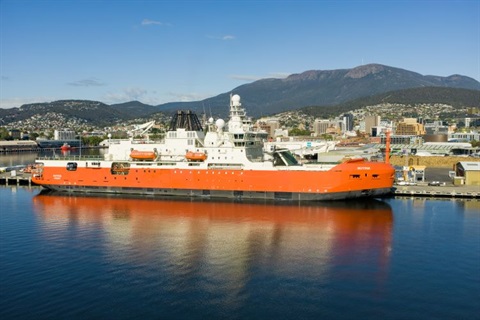
The Australian Antarctic season opens today with one of the most ambitious plans in Australia's Antarctic history, including four sea voyages and dozens of flights.
These missions will support crucial scientific and logistical projects that will shape Australia's Antarctic priorities for years to come.
One of the key missions this season will focus on the Denman Glacier, which is retreating rapidly and could significantly impact global sea levels.
The Denman Glacier, the deepest land canyon on Earth at 3500 metres below sea level, is also one of the fastest retreating glaciers in Australian Antarctic Territory.
If the glacier continues to retreat, seawater could flow into the deep trough and spread inland.
If the entire system collapses, it could raise global sea levels by about 1.5 metres.
The City of Hobart plays a key role in supporting Antarctic activities, with many local organisations and businesses involved in Australia's Antarctic missions.
As the season begins, Hobart continues to stand at the forefront of Antarctic research, further cementing its status as a global hub for polar exploration.
Quotes to be attributed to Hobart Lord Mayor Anna Reynolds:
"Hobart is one of only five Antarctic Gateway Cities in the world, and our local economy greatly benefits from this sector.
"It contributes $183 million and supports nearly 1000 local jobs.
"The Denman Marine Voyage is vital for understanding how fast this glacier is retreating and what it means for global sea-level rise.
"The work being done in Antarctica is critical to the welfare of the global community.
"Our city is a leader in Antarctic matters worldwide, and we are proud to support these important scientific efforts."






